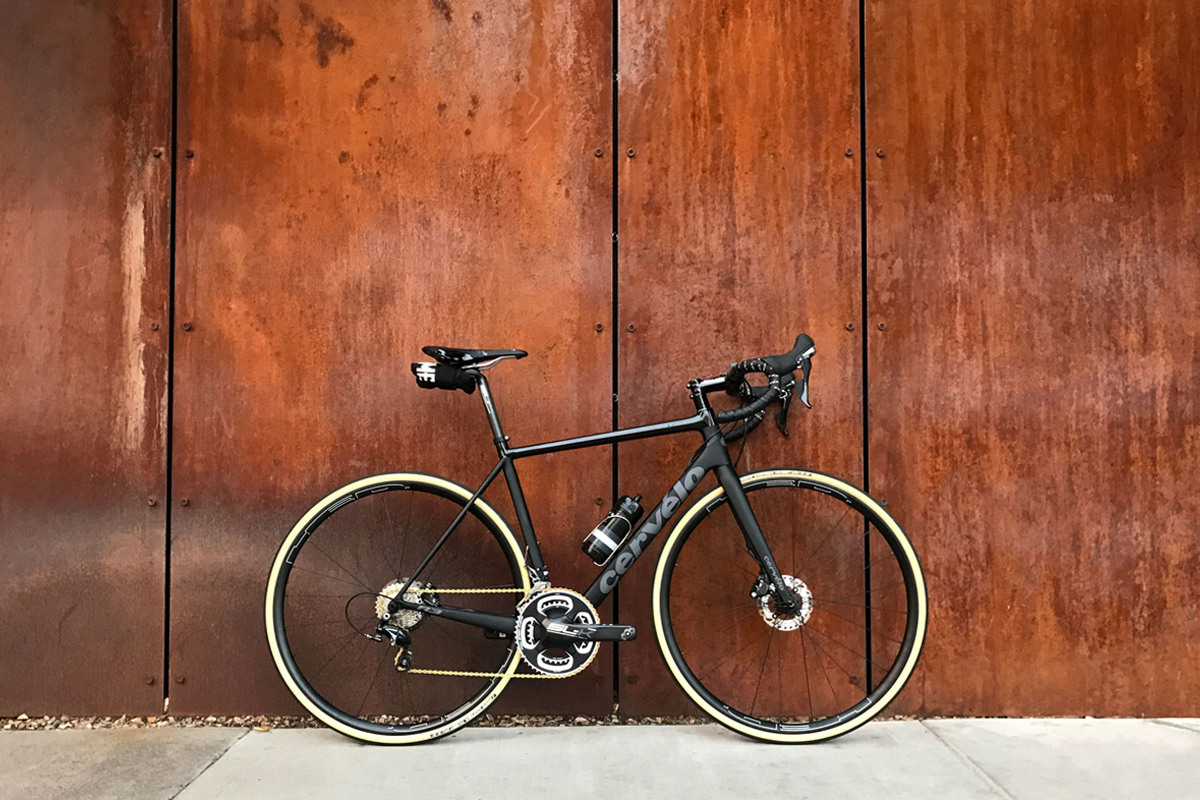Few of us ride bikes exactly as they come ‘off the shelf’. Many will upgrade parts like race wheels, some of us like to build our bikes up from parts. The intention here is to outline exactly how you should value your bicycle and insure it for the correct amount.

For most of our customers, the value of your bicycle is the price you paid for it, whether new or second hand, with zero depreciation. Please remember to include components such as pedals and power meters which you may have fitted.
It is a standard practice among our competitors to reduce the value of the bicycle once it is over three years old. We felt this didn’t reasonably consider the cost of replacement and was not in the best interest of our customers. As a result, we removed this restriction not long after launching.
The price you paid for your bike is the price we insure it for.
There are two exceptions to this designed to offer more flexibility and fairness to our customers, in line with our ‘common sense’ approach to insurance.
Discounted Bicycles
Bicycles bought new but with a significant discount can be insured at their recommended retail value. This means a bicycle bought at the end of the season for a third off can be insured for the full price. This is to ensure in the event of loss or damage, a true equivalent can be found when the same bicycle with the same discount is unobtainable.
Vintage or Antique Bicycles
Vintage or antique bikes may well have increased in value since they were purchased. These bicycles will need to be valued by somebody we can agree as suitably qualified, such as a specialist retailer, and the valuation must have been made in the last three years.
Custom Bicycles
Although less common than it used to be, many of us still enjoy starting with a frame and building up bicycles to fit our specification from parts. The value of your bicycle, in this case, will be the sum of what you paid for the individual parts. If you have multiple sets of wheels, the pair you primarily use form part of the bicycle value, and any spares are listed as additional wheelsets.
Accessories
We define an accessory as anything additional to the bicycle, which isn’t necessarily needed for riding, and which is not permanently fixed to the frame. Examples could include a cycling computer, clip-on TT bars or carbon bottle cages.
Accessories are not factored into the value of a bicycle, but can be added to the policy to offer protection against accidental damage or theft which occurs alongside the bicycle. The first £250 of accessories cover is included as standard in our bicycle insurance policies.
Power Meters
If you have decided to train with power, we would ask you to include the cost of your power meter as part of your bicycle value.
If you have a set of Power Meter pedals you move between bikes, please include the value under the most commonly used bike.
Additional Wheelsets
If you have a second pair of wheels (for example a set of deep, carbon racing wheels), then these can be added to the policy as an “additional wheelset”.
Upgraded Components
If you have upgraded components such as your wheels, stem or handlebars, these upgrades should be factored into the value of the bicycle. If you upgrade your Specialized Allez with a new pair of wheels, both items need to be included in the valuation.
If the upgrades you have made are more significant than a few components and you are unsure about valuation our team is here to help.
Examples
If Sophie purchased a BMC TeamMachine for £2000, installed a pair of Ultegra pedals (£115) and a Stages Powermeter (£350) she would need to value her bike for £2465.
If Will built up a custom cargo bike, he would need to insure it for the price he paid for all the parts.
If Tom upgraded his Trek Emonda (£1500) with a pair of new wheels (£500) he would need to insure it for £2000.
Receipts
We recommend checking you have all receipts for your bike and a recent photo of it. This can make the claims process easier for all parties.
Underinsuring your bike
Our policies are designed and priced to cover your whole bicycle at once, so it is very important that you insure your bicycle for its full value. You cannot insure part of the value of your bicycle in order to reduce your premium. If you under-insure your bicycle, our claims handlers may apply a “proportional reduction” to your settlement.
What does this mean? If I insure my bicycle for £2000, but I actually paid £4000 for it, then I have underinsured my bike by 50%. Essentially, I have misrepresented the risk of the bike to the underwriter.
If I have a crash and need to claim £1000 for a new wheelset, our claims handlers will apply a “proportional reduction” to the settlement amount. I have only insured 50% of the value of my bicycle, so I’ve only insured 50% of the value of my wheelset. The claims handlers will reduce the settlement by 50%, and I will only receive £500 of their value back.
If you are unsure or need some clarity on this then please feel free to get in touch with the team.
Across three packages, our Bicycle Insurance covers your equipment when riding, racing or training worldwide.